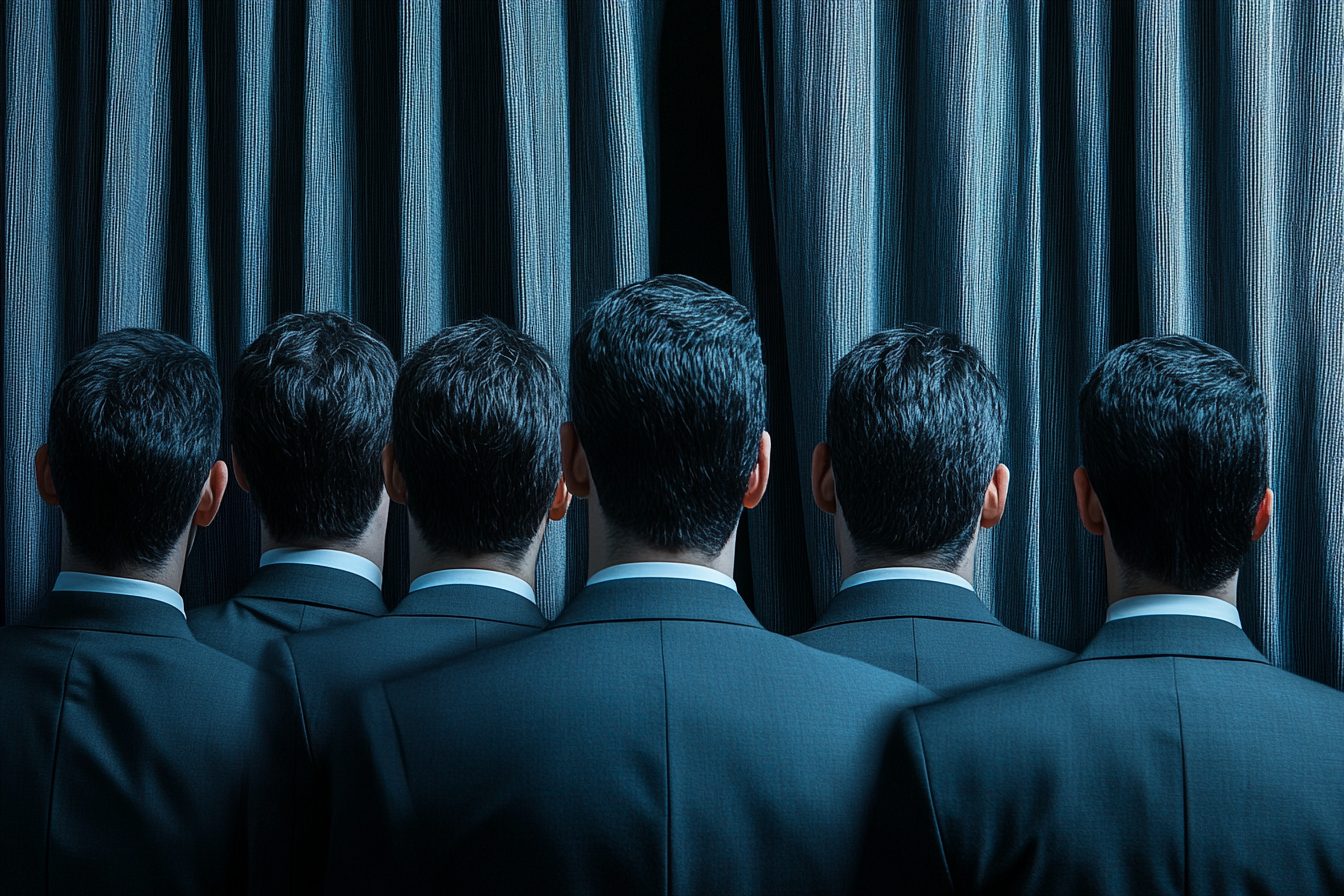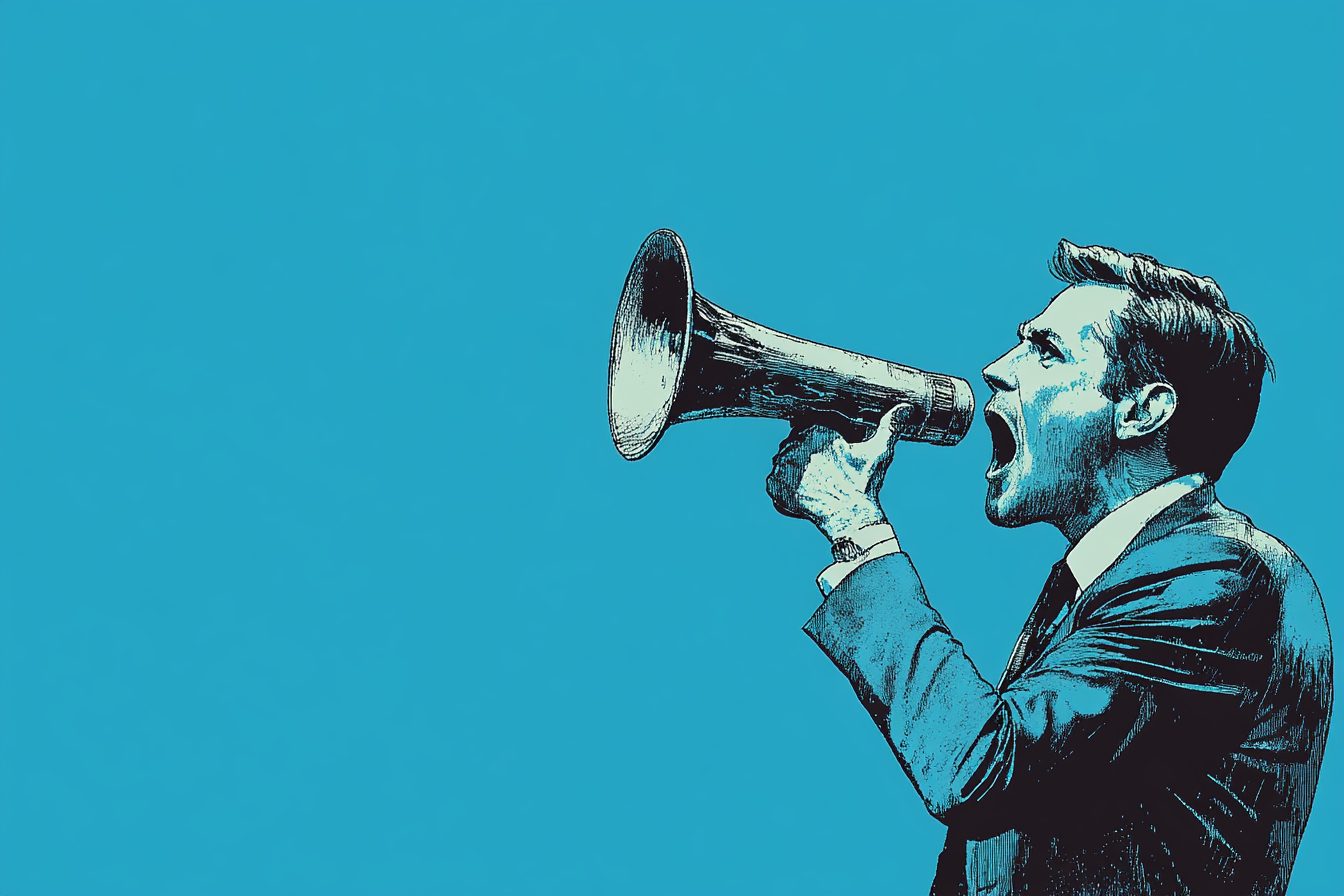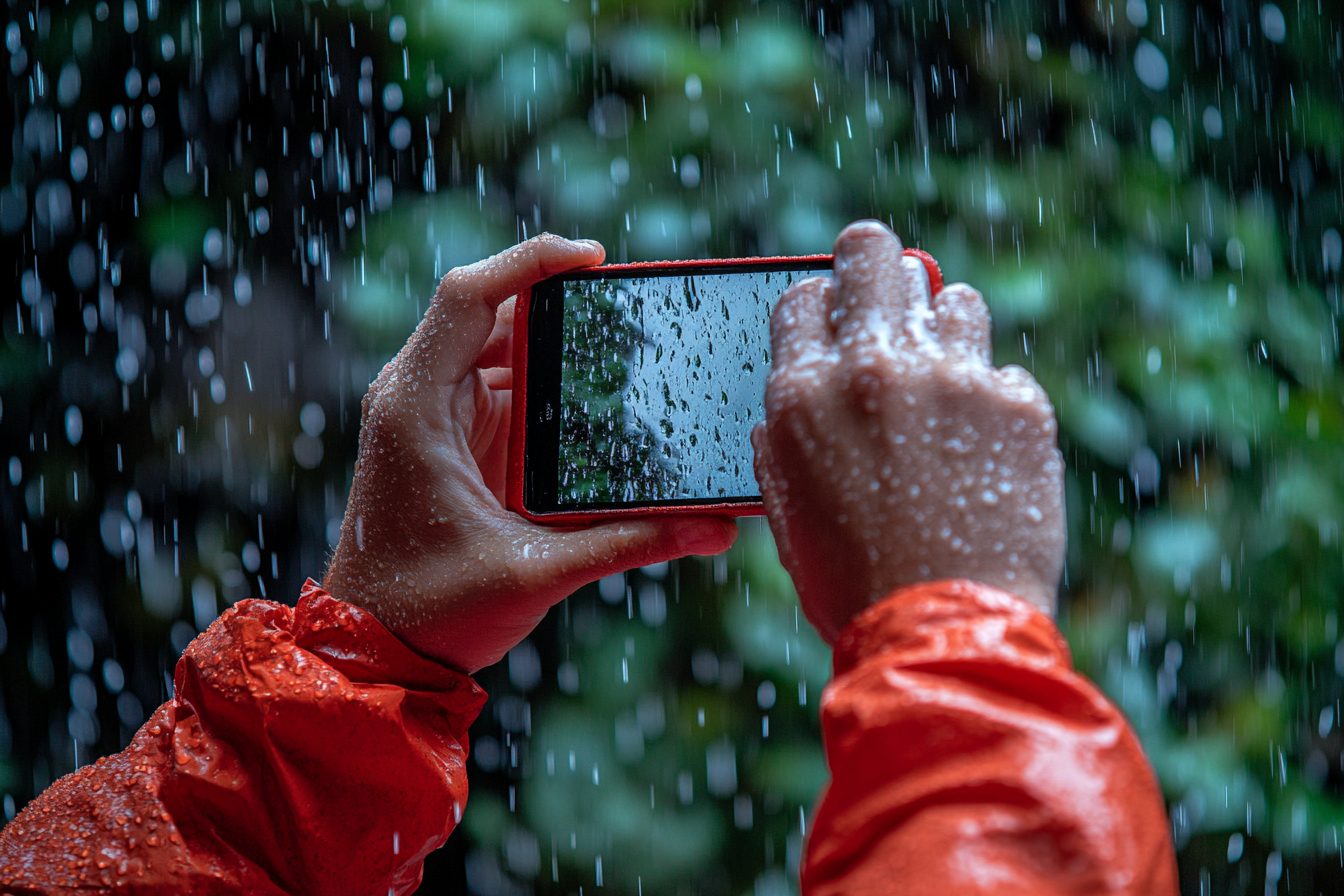Yet again, yesterday found me turning a simple task at work into yet another opportunity for self-commendation. The real situation was much more mundane. I had helped a colleague who was trying to complete and troubleshoot a presentation. Almost, I helped them, and I did almost start a huge rant on LinkedIn about how I “facilitated a critical communication strategy pivot leveraging cross-functional expertise to drive stakeholder alignment.” In simpler terms, that translates to “I changed a couple of fonts and removed three slides.”
If I had hit “post”, the suffering I was enduring would’ve been reduced to about thirty seconds.
I did rise my finger towards the button, but then decided to choke the app in shame. The desire for social recognition was clearly outsized given my inner discourse that compelled me to avoid yet another app devoid of sound reasoning. For LinkedIn, it is absolutely essential to perform serious mental justification before posting.
What needs to be focused on, more specifically, is the discrepancy between LinkedIn’s self-described corporate image and reality. When the platform was created, it was intended for networking purposes which primarily functioned as a digital Rolodex where users could store career contacts and access them when needed. It’s a sensible idea, don’t you think?
LinkedIn has evolved into a dimension-bending space where even the most mundane aspects of work life are celebrated as major victories. Words in the business world have merged into an entirely new language and it has become mandatory to applaud someone who fervently claims, ‘I’m so looking forward to sharing the news’ that they ‘went on an incredible journey’ to join this new role that is practically equivalent to the one they left. The genre of LinkedIn political rhetoric is driven by the same framework that governs American politics: set rules, repetitive, implicit norms, and strict unwritten guidelines.
The description of professional success – even in the case of success being merely an indifference achievement – as underscored business sophistication does tell us why it is an achievement. For example, no one on LinkedIn ever helpsout, improves, or tries to change anything for the better: They help out by aiding in “architecting” and “optimizing,” and the list goes on. Routinely, tasks are not completed; they are milestoned.
Everything is viewed as False: there is no actual project success alongside exponential growth achieved through multiply paradigm shifts. People on LinkedIn don’t have jobs, they go serve on missionsand they are noton career paths; instead he or she is on passion journey driven path.
Moreover, their expertise surpasses the conventional boundaries; they are always referred to as a thought leader, a visionary, or a change agent. I became one of the contributors for this outcome. During my tenure in the corporate tech world, I was more than comfortable with this dialect. I could very well say, ‘I optimized the user engagement pathway through strategic UI enhancement implementations’ instead of saying, ‘I made this button blue instead of green.’ One of my teams spent an entire afternoon arguing whether we had merely ‘redefined’ or completely ‘revolutionized’ the user experience with the new LinkedIn announcement for the product update.
And the discussed product change? Shifting a menu from the left side to the right of the screen. This suspension of disbelief is utterly impossible in my view, which makes their reality very puzzling.
These days, it’s a widely-held belief that a good chunk of what we’re fed is biased, oversold, misrepresented, or purposefully misleading. It’s accepted that some of this information is heavily filtered through rosy glasses. Such is the description of “incredible opportunities” that are nothing more than everyday, unremarkable vacancies.
We overly congratulate someone for ‘taking the next step in their journey’, even where it looks like they just did a lateral move into a new position to escape a manager they did not want to work with. We also say ‘Incredible achievement!’ when someone posts a certifying exam that countless others take every year. As it seems, we all silently conspired to partake in this self-pumped professional delusion that almost seems like a form of ‘Big Brother’ because deep down, we wish for the same affirmation during our turn to ‘humble and honored’ after unabashedly chasing a promotion for the past 18 months.
Reciprocity keeps the ecosystem functioning. To keep the balance, if the audience clapped for me for my performance, I will need to applaud back. You may say that you single-handedly saved your company because of your ‘strategic vision alignment’, and I would be willing to role-play ‘passionate’ about cross-platform integration solutions, as my profile on LinkedIn denotes.
In essence, we are all players in a gargantuan online role playing game that encourage us to ‘level up’ the biography of mundane existence into life narratives of landmark accomplishments on one level, and on another, professional life story into a fictional autobiography of triumph and achievement. Linkedin is a case study for disregard to linguistic nuances, which is in fact owes a far greater debt to Words: Discipline Mathematics of Warscroll, the overt citation of communiation, creating disruption. One constituent of a Performance LinkedIn possesses a certain vocabulary that shows them to be an integral part, masn and lady officer, ‘I’m Ststegic’ we can hear covenant of the so called ‘solution drafter’ anchored in repetitive ‘efficiency’ .
Words like “honored” and “humbled” are used in ways far more general than would be the case in detail-oriented, affirming aversive sentences. Other terms like “inspired,” “game-changing,” and “_best of all_” exclaim are overly enthusiastic. “_feel great_” also does not do justice in describing how the average LinkedIn user feels about employment. People get giddy when they get new jobs, when industry conferences roll around, feel euphoric when they publish articles, and even feel elated when they get laid off because, as they say, this opens new and fascinating chapters in their lives.
If posting on LinkedIn was a direct reflection of the real world, we would expect to see offices as joyous festivals, when in truth, they are ironically what most workplaces are: chilly, fluorescent-lit, dungeon-like echoes of society’s collective unhappiness. I have begun a collection of the worst examples of LinkedIn-speak and this one, I must say, takes the cake: a former colleague of mine “energetically and humbly” proclaimed that he is “leveraging his expertise in creating synergistic growth opportunities as he embarks on this new chapter of his professional odyssey.” A quick internet search revealed he was at a competing firm that had offered him a marginally higher position, salary, or benefits package.
That’s something that is perfectly justifiable at this stage in their career… Which, by the way, why not just say that? In addition, the image itself, together with the caption, constitutes one of the best theatrical performances on LinkedIn and deserves all the accolades. The evolution of what is considered professional headshots submitted for public scrutiny on LinkedIn has shifted over the years as a reflection of a deeper shift of a professional identity.
Initially, LinkedIn was a collection of profiles with expressionless, standard portrait headshots. The bios gave a thinly veiled impression of a person, “Ready to do business but cheerfulness is optional.”
Now, the portraits narrate an entirely different story. They make far deeper and more detailed assertions regarding aspects such as self-identity and professional qualifications.
There’s the ‘nature inspires me’ look – outdoors, gazing slightly away from the camera. The ‘casually sophisticated’ gives jacket and makeup an eleven out of ten while leaving the tie and bling off. My favorite, though, must be the ‘catching someone in the act of being inspired,’ which is so staged the director’s clapboard could go right at the bottom of the frame. My own LinkedIn picture fits in one of the glaringly obvious categories: ‘headshot taken five years and twenty pounds ago and will use it until I’m unrecognizable.’ Rather, this is the adoption of an idealized version of ourselves created for the professional world, one that is stripped of reality and less than honest. The biggest irony of all may come from how meticulously crafted poses often referred to as “professional” are still prone to the same problems that plague social media. In the case of LinkedIn, it boils down to rampant disinformation, bragging, political statements camouflaged as business insights, and plain childish behavior.
Everything is done in a metaphorical business casual attire and as such, could be executed differently. I mean, remember the motivational diatribes that fester on the platform? One such tale goes: “I interviewed a job candidate who showed up thirty minutes late”—unsurprising at this point, right?
He was soaking wet. His shoes looked beat up because his car broke down and, well, he walked eight miles in the rain. It goes further with, “I hired him immediately. First impressions don’t always show the entire picture. Would you agree?” These modern stories bind together like imaginary kudzu despite not being realistic, but their gained attention and shares is remarkable.
Now let’s switch back to this diligence and hustle culture that exists on LinkedIn. People do everything they can to outcompete each other to showcase this unhealthy obsession with work brutally. We live in an era where making money has completely taken over every other aspect of life, which makes me wonder what shifted. I encounter people that boast about working 80 hour weeks, missing children’s birthdays because of meetings, and celebrating sleep deprivation.
These posts not only promote an unhealthy lifestyle, but they also romanticize it. I have contributed to this culture during my time in tech. I authored LinkedIn posts detailing my weekend work sessions—not mentioning that they were canceled self-sabotage projects because of poor weekly planning.
In the last few minutes before clocking out of the office, I would count down applauding articles on “Grind culture” and “Hustle”. I claimed to be negotiating for more flex hours and remote work, but publicly claimed that my productivity was at an all-time high during “work hours.” The narratives and the performances rarely aligned.
In spite of all the made-up stories and theatrical performances, it is a real platform where modern professionals get their needs met. Where business is often faked, careers are actually crafted, jobs advertised, and professional networks formed and nurtured. LinkedIn is indeed a strong asset for today’s world; that’s what makes its evolution into a peculiar stage for social theatrics performance strange.
Perhaps the most telling feature of LinkedIn is how it reveals our discomfort managing work interactions. During an era in which “follow your passion” has supplanted “get a job” as preferable career advice, and work-life boundaries are shifting, we are still trying to navigate professional self-presentation. LinkedIn Insightfully captures the hybrid attempt to seamlessly integrate conflicting cultural attitudes toward work: self-exhibitionism.
What is more, authenticity sits along sellability, passion next to strategy, while affection to work demands deep devotion and life balance is wished around the clock. Ideas fuelled by pondering impact turn head-on into bizarre territory when I decide to post mundane work tasks on LinkedIn and see the response. “Gave a presentation that made sense.” “I was handed a client project that was completed during my predecessor’s tenure, so we predicted decent outcomes. It was okay.” “Started a new job, and thus far, it’s good.”
Those comments were out of touch, absolute plummet in the likes, and too many personal messages came asking if everything was alright, literally no one was prepared for my statement bordering on radical honesty. This app is caged too neatly with so much emotion stripped out, and so when I tried to showcase utterly stark truth, it registered as passive aggression. The show goes on.
We still praise ourselves for feeling pleased and for being honored by the simple, menial things that have been accomplished. The myth that everyone is always eager about the transformations on a day-to-day basis within their workplace will still be accepted. We will make an effort to comprehend the so-called “buzzwords” referred to as “synergy” and “disruption.”
And the charade of professional ecstasy will be sustained by the boring duty of constructing lives and careers one ordinary day at a time. Please allow me a brief moment. I need to go and get ready for the post where I illustrate how I so strategically socially engineered my way into an article about the so-called “fun” ecosystem existing within social participation. I am ever so thankful for, honored and humbled to share yet another piece and shed even more light about myself.
I might just say, quite possibly, as part of an attempt to make someone smile, but saying so on LinkedIn will bring absolutely no clout for engagement.







